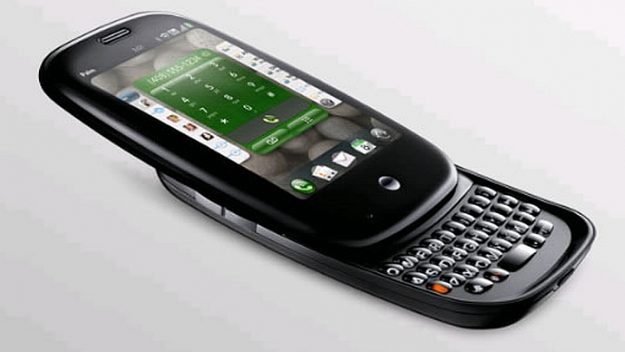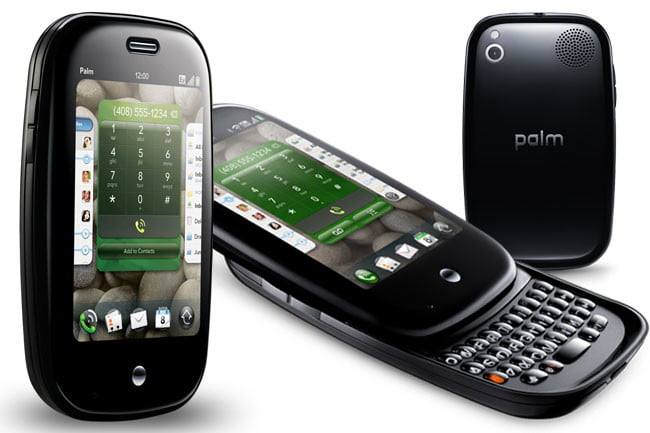Palm incorporation, a company that made Palm Operating system, was found in 1992 and based in Sunnyvale, California, United States. Palm OS is designed for devices that are easy of use with a graphical touchscreen user interface. Inside the operating system, it provides basic application suite for the management of personal information. A few years later the platform was expanded so that it could support smartphones and PDA phones. After buying Palm, the Palm trademark by ACCESS which later changed its name to Garnet OS. In 2007, ACCESS introduced the successor to Garnet OS, with the name Access Linux Platform in 2009. The advantages of PalmOS compared to other operating system is that Palm has fast system requirements so that PDA devices are not needed. It is sophisticated and expensive, and doesn’t require a lot of memory to run properly.
On the other hand, Palm OS’s weaknesses are not having external/additional storage media, although it can be filled with programs, software or applications but cannot be installed with too much capacity because of its memory limitations. In addition, the company that developed Palm has been turned down so the possibility of the Palm program development will never be done anymore, in other words the current development may only be formed as support for Palm program only. Palm OS was first launched in 1996 which is an operating system for digital devices developed by PalmSource Inc., intended for various PDA (Personal Data Assistant) brands. Palm OS is designed to be easy to use and works similar to Microsoft Windows. In a PDA, OS Palm is bundled with address book, clock, notes, synchronization menu, viewer and security application.
Palm is the main competitor of the Windows Mobile operating system in the early 2000s. Palm is also a pioneer of the operating system that is absolutely used by a smart phone. Unfortunately, Palm’s fame lately dropped as the presence of its rivals increasingly fierce. The advantage of OS Palm is that it doesn’t require a lot of memory to run it properly. With a capacity of 16MB, for example, it’s already more than enough to inject various additional application functions. Finally, Palm reportedly will release their latest cellphone called the Palm Pre. The Palm Operating System, which began in 1996, actually could have been called an OS pioneer on handsets for PDAs and Smartphones, this was due to the rapid development of products using Palm and also the large number of third parties who made programs for Palm, until now there are thousands of programs for Palm-based electronic devices.

Palm OS is designed to be right on a palm-sized device of a certain size with a certain screen size. Users use one application at a certain time, one application program must be completed before the next one can be selected. This limitation makes the operating system dedicate attentively to open applications. The space needed by the system for each application that is running is dynamic, reusable memory (RAM). Associated applications and databases are stored in permanent storage, but the permanent storage is RAM (not hard disk). Palm OS divides an application into executable code and different types of data elements, such as user interfaces and icons. Data elements can be easily changed without the need to rewrite the code.
